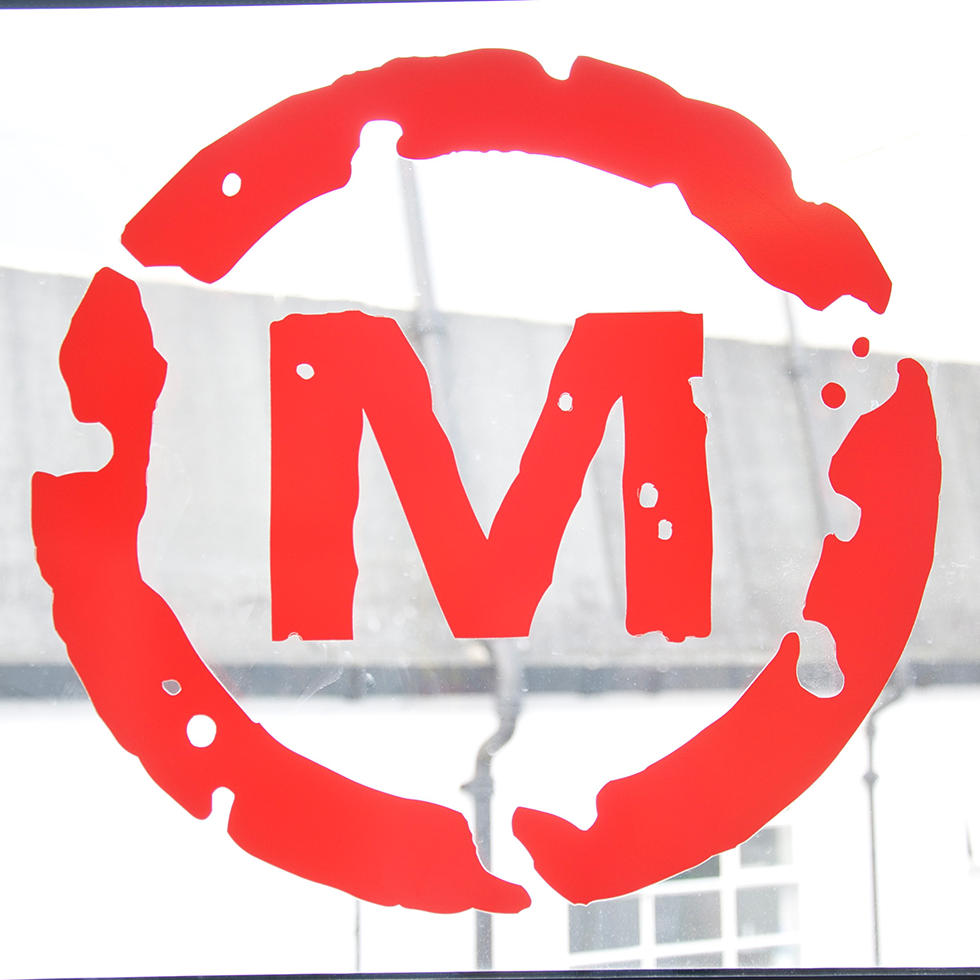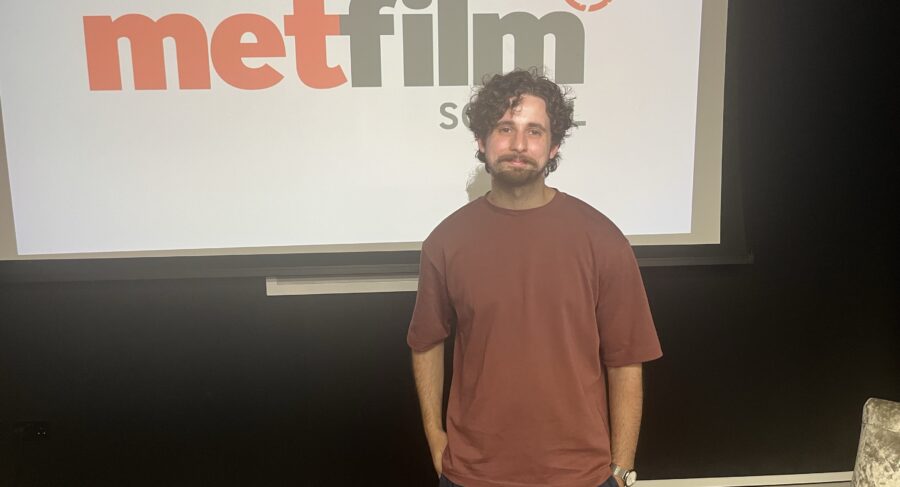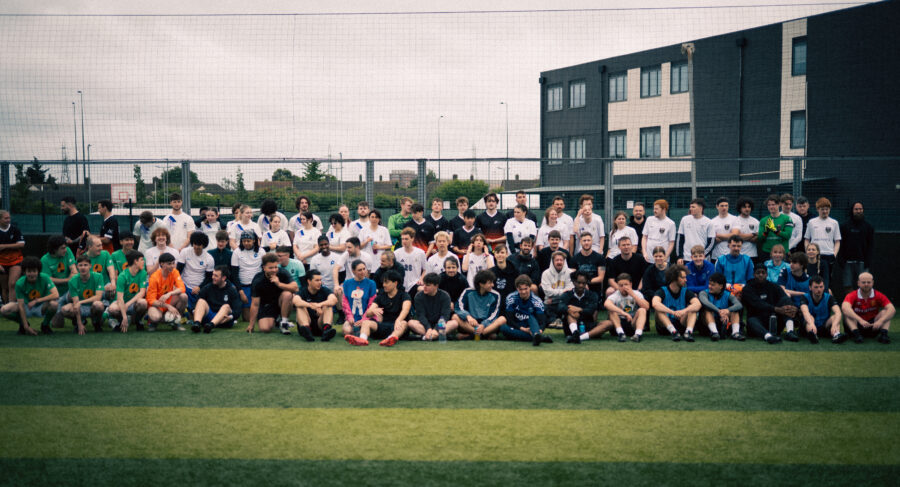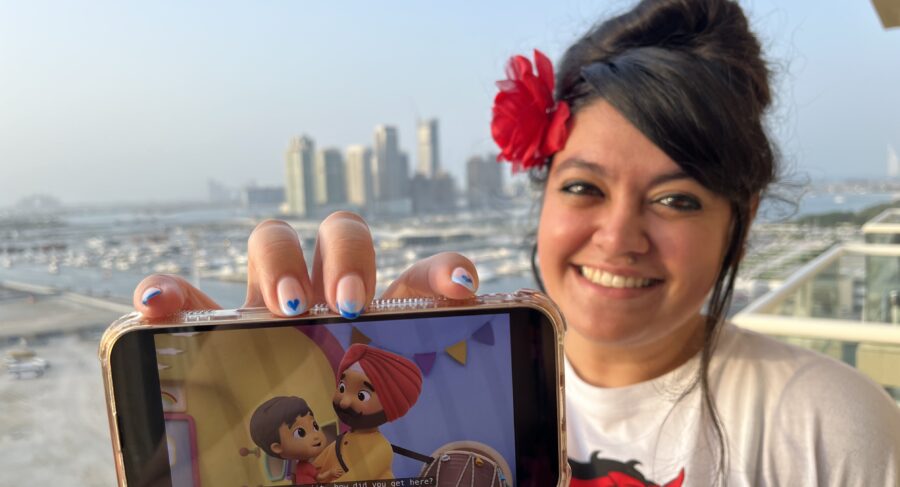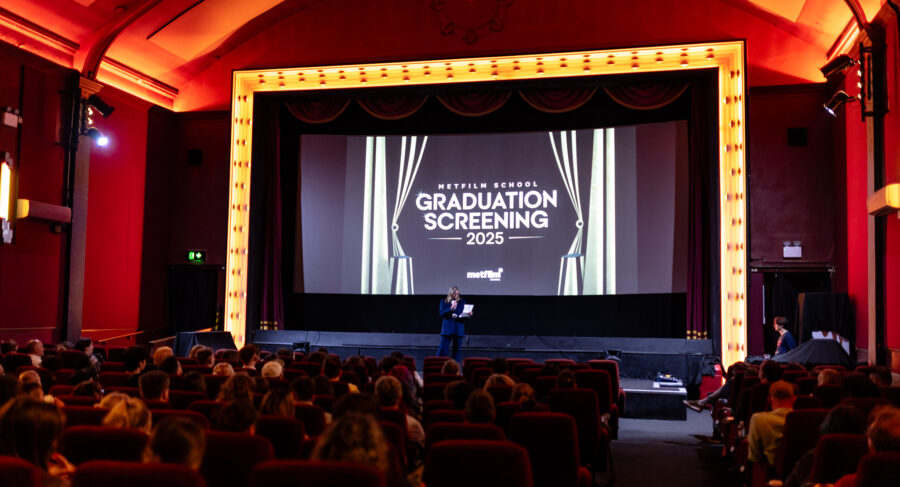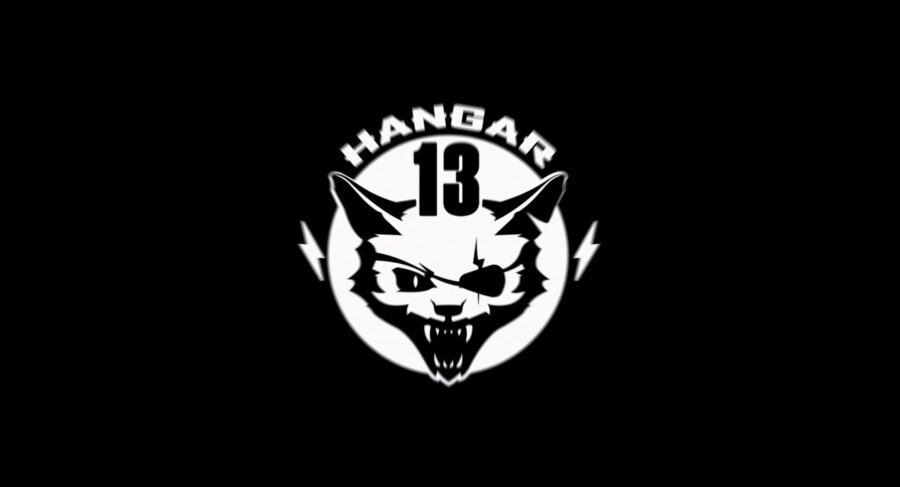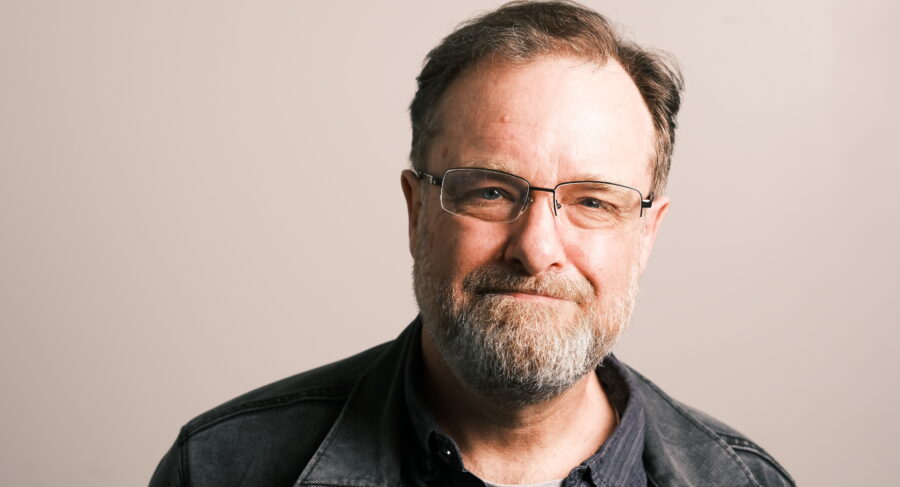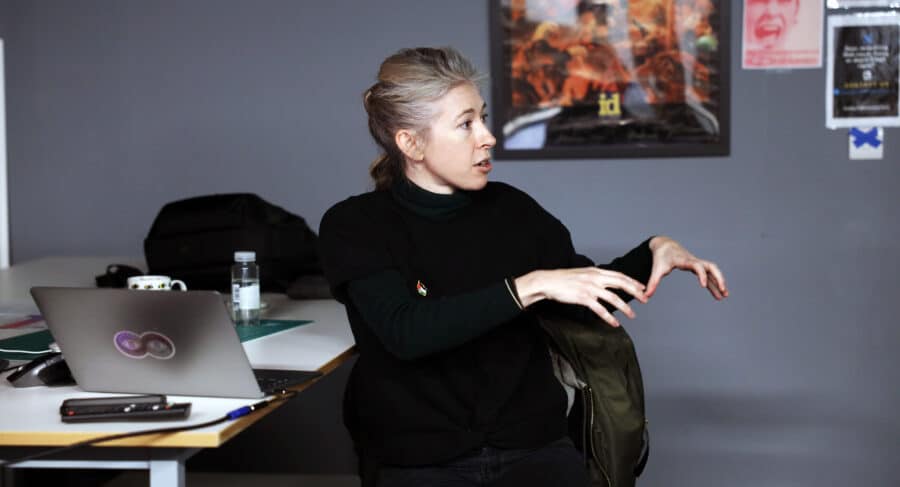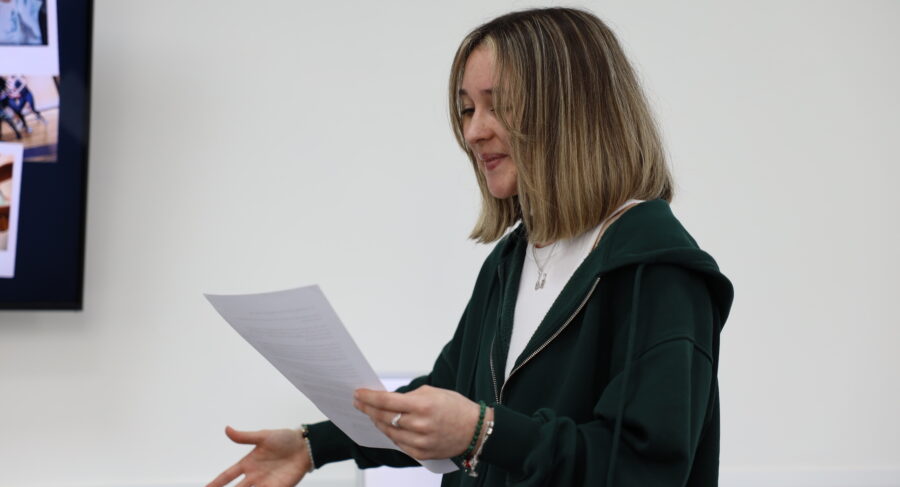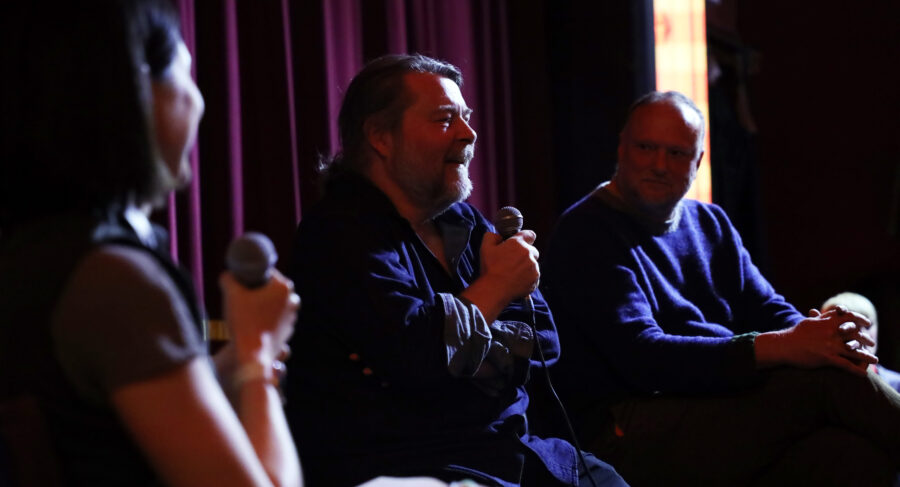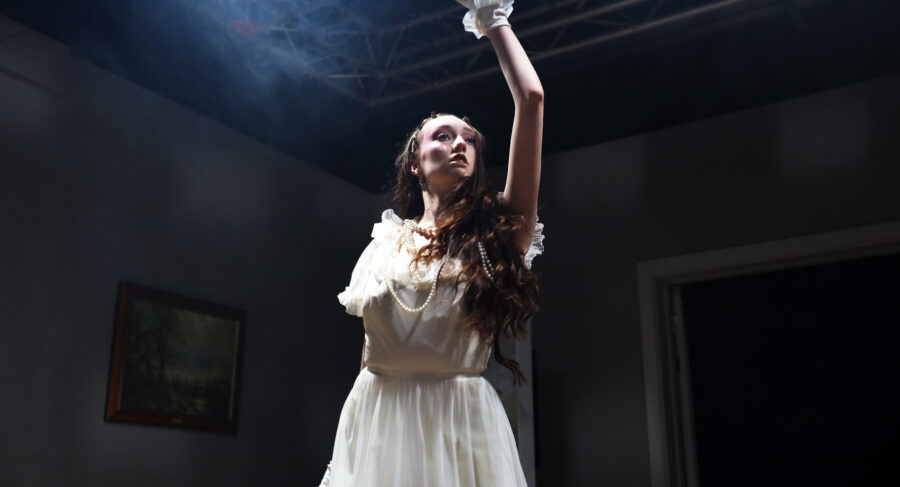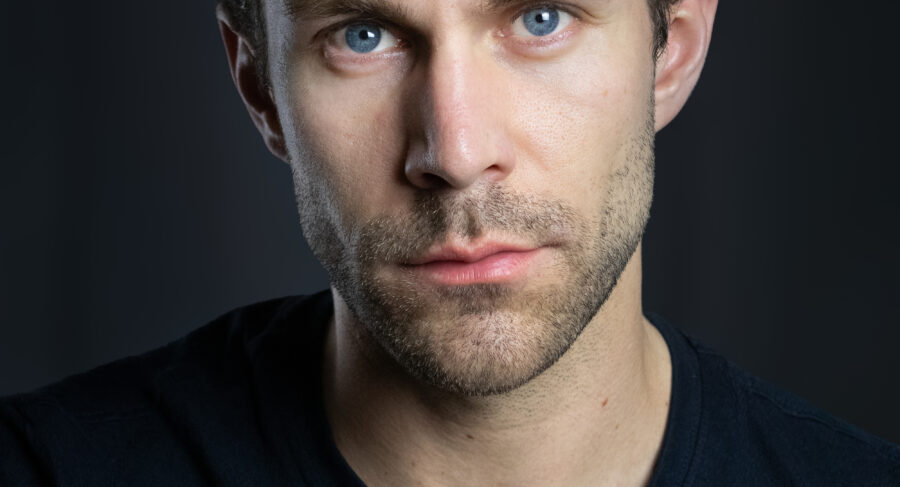Horror & animation with Maddalena Manno (BA Content, Media & Film Production)
By Elise Czyzowska
24 May 2022
Earlier this year, Maddalena Manno won MetFilm School’s first ever Screenwriting and Production Competition, writing her first full script based on Giacomo Leopardi’s Dialogue Between an Almanac-Seller and a Passerby. This foray into scriptwriting comes on the back of a lockdown filled with exploring new skills and developing her craft, from networking and covering film festivals, to attending classes on drawing for graphic novels to improve her storytelling.
As she prepares to graduate from our BA Content, Media & Film Production course, we caught up with Maddalena to learn more about her future aspirations in the screen industry…
How did you find your first scriptwriting experience for the Competition?
At the beginning of last year, I wasn’t so involved with writing. I had no experience at all, but I knew that I was open to exploring it. When I saw that MetFilm School had launched this competition, I decided to just go for it.
I love to think that I am the one who has the complete story, characters, and actions in her hands. I find scripts fascinating. A script is not just a dialogue, but through it, you bring the reader into every single action and detail. It’s like if the reader was present with the writer. When I finalised this script, I was really proud of it, and now, a year later, I’ve grown a lot, and I think my writing has changed with me.

You’re specifically interested in exploring more horror scripts, especially ‘cosmic horror’ – what drew you to this genre?
Cosmic horror is also called Lovecraftian horror, and it explores stories which deal with the unknown, things that cannot be explained. They leave the audience with an open interpretation of the events told. It’s something I’ve been introduced to recently by a friend, and I want to explore it more.
I’m not sure I have an answer as to why horror and the dark fantasy interest me so much, but I guess what makes me want to write for horror is that I get inspired very easily, and when I have an idea, I immediately want to write it down. I find it easier to write horror stories – I think what changes in writing for horror is the action. You don’t just tell the audience what scares them, you just show it. Action after action.
One of your favourite horror directors, Dario Argento, is known for his iconic, stylish filmmaking. What have you learnt from his films?
I remember watching Suspiria for the first time – as many are, I was introduced to horror by my dad. We always used to watch multiple horror films together, and this one had a great impact on me. Suspiria really marked the start of my interest in this genre.
What makes Argento’s work special is its surreal style and plotlines. While watching it, I was completely in love with the use of new, original sounds, bold tones of light, and colour. His style is macabre and dramatic, but it still keeps its elegance and mystery, if that makes sense!
Besides horror and scriptwriting, you’re also passionate about animation. How do these come together in your work?
We’re so used to seeing animation as content for children – the style we generally see is that of Disney and Pixar, but actually, there are so many other animations to enjoy, and especially horror animated short films. I think when it comes to animation, people find it difficult to relate to it as ‘grown up content’, because somehow it feels unnatural, and it becomes hard to see horror animation for what it is: another form of art.
Since I was young, I’ve loved Tim Burton. My favourites when I was a kid were Coraline and The Nightmare Before Christmas. I’m not sure Burton’s films can be called ‘horror’, but they get near to my idea of spookiness and creepiness. He created his own world, finding his own way to show animation differently. So I think that horror and animation can be brought together to tell great new stories, and to show other styles of animation, too.
Can you share any standout memories or lessons from your BA Content, Media & Film Production course?
Some of the best lessons for me have been regarding scriptwriting. I still remember the sessions I had with Alicia Duffy in my first year. She made us write short plots in class, and then read them in front of everyone. I won’t lie, I was scared at first. You always feel nervous when sharing stories you’ve invented, since it often comes from something kind of personal to you, and it was one of the first times I had to publicly share my work – plus, I was speaking in another language.
During my final year, I particularly enjoyed the lessons related to interactive storytelling, which I thought was something really cool and new to explore at a film school. Finally, the storyboarding and production design lessons helped me a lot during lockdown – I found the world of storyboarding and sketching really interesting.
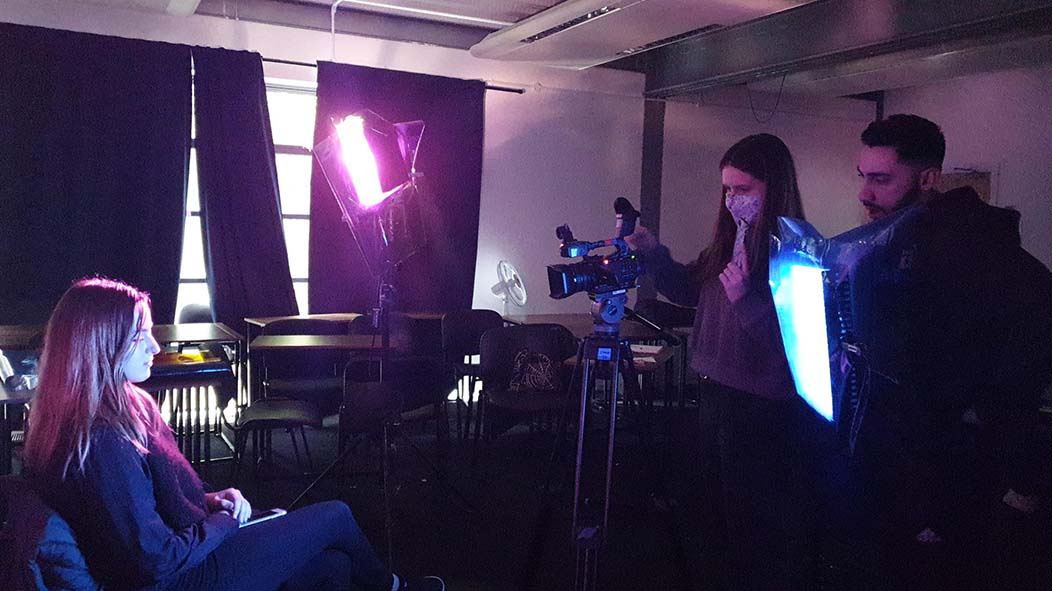
Finally, can you share any advice for aspiring creatives?
My main advice would be to go out there and to try everything. Before coming to my decision to go into scriptwriting and animation, I was, of course, interested in other areas of filmmaking. One of the advantages of film school is that I had the chance to experiment with different roles, and to see how they work on a set and with the rest of the cast and crew.
I also think you should never focus on just one thing – if there’s something new that interests you, explore it, and don’t be scared to do it.
- Maddalena Manno studied BA Content, Media & Film Production at MetFilm School London.
- Take a tour of our London campus at our Summer Open Day on Sat 16 July.
- Learn more about our ScreenSpace courses by downloading a prospectus today.
